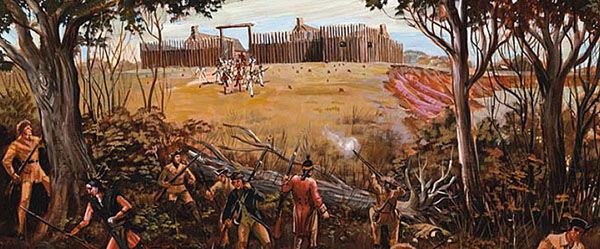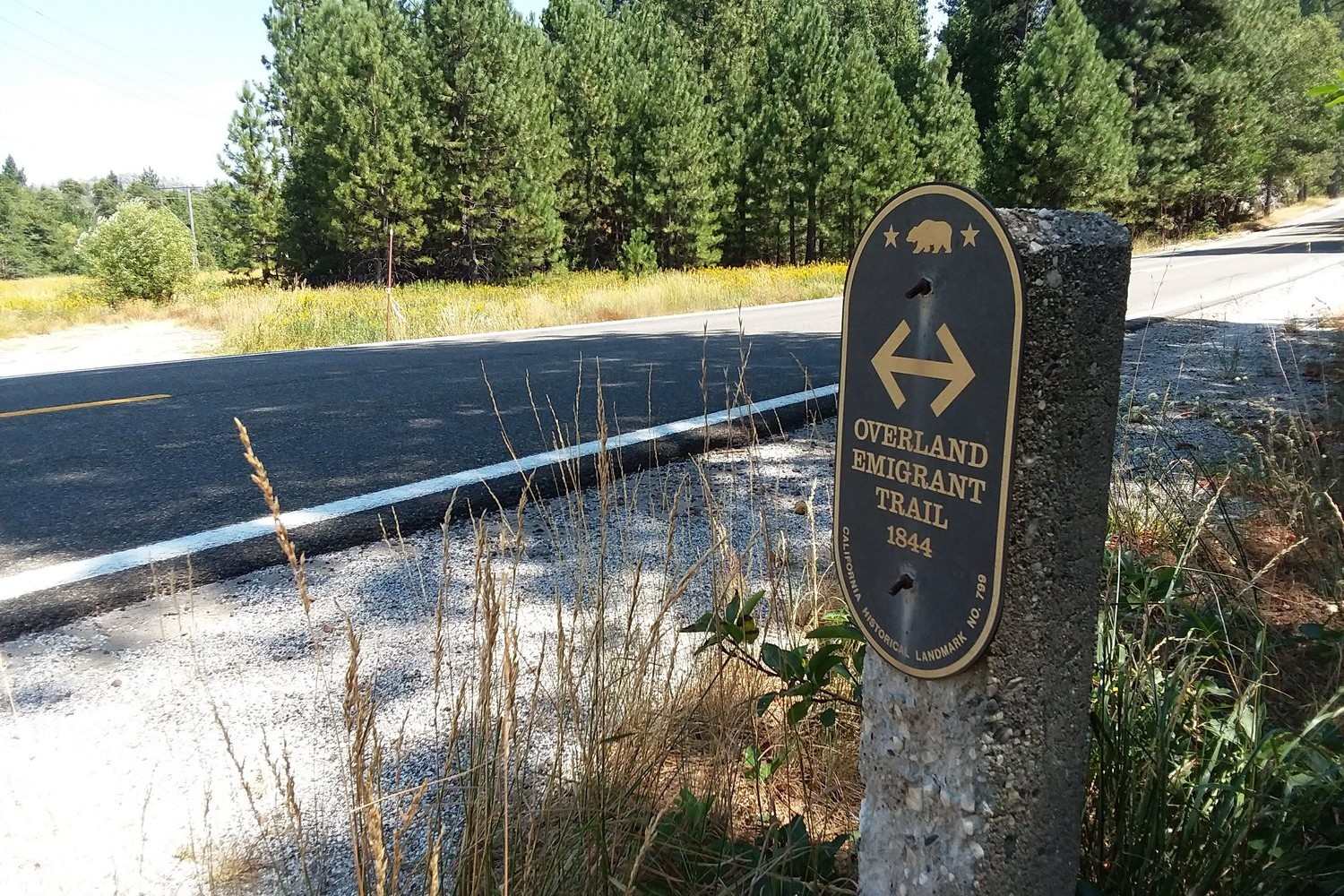
>
The Dust and Dreams: American Legends Forged on the Fayetteville Emigrant Trail
America, a nation forged in the crucible of ambition and wilderness, is a tapestry woven with the threads of legends. From the towering lumberjack Paul Bunyan to the steel-driving man John Henry, these stories are more than mere folklore; they are the bedrock of a national identity, encapsulating the spirit of a people who dared to dream big, brave the unknown, and carve a civilization out of an untamed continent. While many of these tales conjure images of mythical feats, the most profound legends often spring from the very real struggles and triumphs of ordinary people on extraordinary journeys. Among these, the saga of westward expansion stands as a monumental epic, and within its vast narrative, less celebrated but equally significant pathways like the Fayetteville Emigrant Trail offer a poignant window into the making of American myth.
To understand American legends is to understand the American frontier. For centuries, this ever-shifting boundary between civilization and wilderness acted as a colossal forge, hammering out narratives of resilience, resourcefulness, and rugged individualism. It was a place where ordinary men and women became larger-than-life figures, not through magical powers, but through sheer will and an unyielding spirit. The westward movement, often romanticized as a heroic march, was in reality a grueling testament to human endurance, marked by profound hope and devastating loss.

The iconic trails – the Oregon, the California, the Santa Fe – are etched into the national consciousness, their names evoking images of wagon trains, dusty plains, and the promise of a new life. Yet, for every famous route, there were countless arteries and capillaries, smaller paths that carried their own streams of humanity, each leaving behind a legacy of stories. The Fayetteville Emigrant Trail is one such vein, less a single, monolithic pathway than a designation for a series of routes primarily through Arkansas and Oklahoma, often utilized in the mid-19th century by those heading to Texas or California, frequently overlapping with or branching off from older Native American paths and military roads.
This trail, though perhaps not as universally recognized as its more famous counterparts, represents a crucial chapter in the westward saga. It was a route less traveled, perhaps more arduous in its relative obscurity, demanding an even greater degree of self-reliance and grit from those who ventured upon it. It embodied the raw, unvarnished truth of the American legend: that greatness often arises not from grand, pre-ordained destinies, but from the relentless pursuit of a better future, one step at a time, through unforgiving terrain.
Imagine the emigrants of the Fayetteville Trail, their wagons laden with meager possessions, their hearts heavy with uncertainty yet buoyant with hope. They were farmers, laborers, families seeking land, freedom, and escape from the economic downturns or social constraints of the East. Each creaking wheel, each dusty footprint, added another verse to the burgeoning legend of America. They faced challenges that tested the very limits of human fortitude: treacherous rivers, scorching droughts, bone-chilling blizzards, rampant diseases like cholera and dysentery that swept through camps, claiming children and adults alike. Supplies dwindled, livestock perished, and the vast, indifferent landscape seemed to conspire against their progress.
It was in these moments of extreme duress that new legends were born. Not legends of superhuman strength, but of quiet heroism: the mother who nursed her sick child through a feverish night, the father who tirelessly repaired a broken axle with ingenuity and what little he had, the community that rallied to bury their dead and then, with heavy hearts, continued their journey. These were the unsung heroes whose stories, though often unrecorded in history books, became the whispered tales around campfires, passed down through generations, shaping the collective memory of what it meant to be an American pioneer.
One interesting fact about many such trails, including sections that would become part of the Fayetteville Emigrant Trail network, is their pre-existing role. Long before European-American settlers used them, these were often ancestral routes of Native American tribes. The very ground trod by emigrant wagons held centuries of indigenous history, culture, and stories. This intersection highlights a complex, often tragic, dimension of the American legend: the displacement and suffering of Native peoples. The "legend" of westward expansion, while celebrating the pioneer spirit, simultaneously glosses over the devastating impact on those who already called the land home. The Fayetteville area, for instance, has deep ties to the Cherokee Nation, and the infamous "Trail of Tears" – a forced removal – utilized segments of existing routes, including some later used by voluntary emigrants. This overlap underscores that the "frontier" was not an empty wilderness, but a land with a rich, pre-existing human history, tragically overwritten by new narratives.
The legends emerging from the Fayetteville Emigrant Trail, therefore, are not simple fables of good versus evil. They are complex narratives of survival, sacrifice, and the enduring human spirit, tinged with the melancholy of loss and the ethical ambiguities of conquest. They speak of the blacksmith who could fix anything, the wise elder who knew where to find water, the brave scout who ventured ahead into the unknown. These characters, born of necessity and observation, became the archetypes of the American frontier: the resourceful individual, the community leader, the intrepid explorer.
In a journalistic sense, examining the Fayetteville Emigrant Trail allows us to peer beyond the broad strokes of history and into the intimate, granular details of how legends are formed. It reminds us that the American mythos is not solely built on the exploits of named heroes, but on the collective courage of countless unnamed individuals. Their journals, letters, and oral histories, when available, offer raw, unfiltered glimpses into the forging process. One emigrant, a woman named Sarah Royce, traveling on a different but equally challenging trail to California in 1849, perfectly captured the spirit of perseverance that would have been common on the Fayetteville Trail: "We had left the settlements far behind, and were plunging into the wilderness, where our only hope was in ourselves and our God." This sentiment encapsulates the profound self-reliance and faith that characterized these journeys, transforming ordinary people into legendary figures in their own family lore and, eventually, in the broader American narrative.
The legacy of the Fayetteville Emigrant Trail, like so many other paths to the West, is not just a historical footnote. It is a living legend, a testament to the transformative power of a journey. It reminds us that America’s legends are not static tales from a bygone era, but dynamic stories that continue to shape our understanding of national character. They speak of an inherent belief in the possibility of reinvention, of the courage to face adversity, and of the unyielding pursuit of a dream, even when the path is long, dusty, and fraught with peril.

In the end, the legends of America, whether of mythical giants or steadfast pioneers on routes like the Fayetteville Emigrant Trail, are a reflection of a nation perpetually in motion, forever striving, forever seeking the next horizon. They are the dust and dreams of a people who dared to believe that the greatest stories are not found in ancient texts, but written anew each day, on the rugged landscape of a continent and in the resilient spirit of its inhabitants. These trails, seen and unseen, famous and obscure, are the silent witnesses to the legendary making of America.


